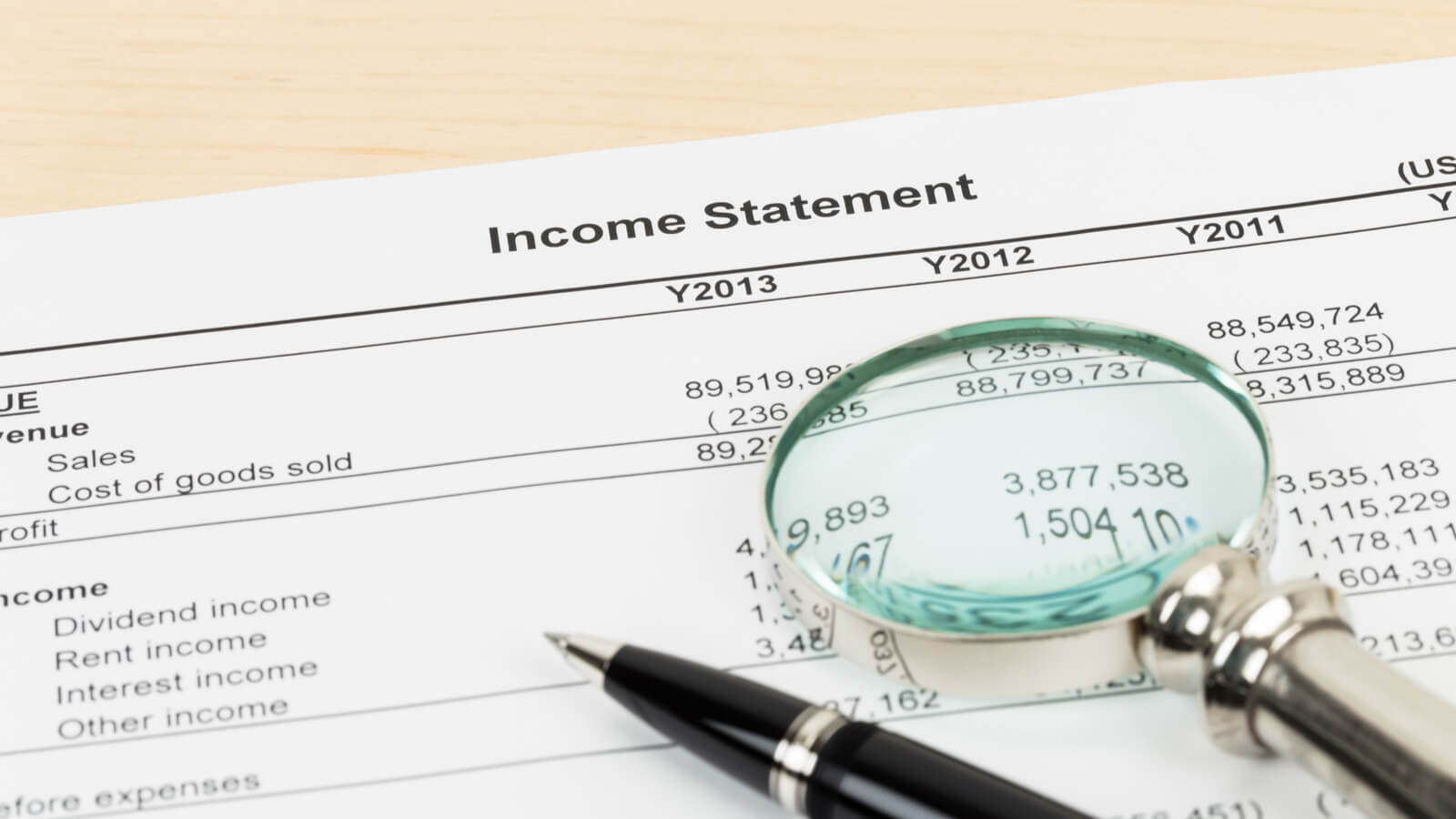It’s important for every small business owner to know their cost of goods sold (COGS) so they can make the best decisions for their business and understand their finances.
Whatever your business is producing, it costs you something to make or to provide the service. That amount is your cost of goods sold (COGS) – which is an especially important number for business owners to understand.
Your COGS is one of the most helpful data points to reference in the decision-making process for your business. Your COGS can act as a control test to help you spot red flags in your books. If something is off with your COGS, then you might look to see if you may be overspending on certain vendors, or if something is wrong with your inventory.
Learn which costs are a part of COGS and which aren’t so you can make more informed decisions for your business and be the business owner you know you can be.
Contents |
| What is Cost of Goods Sold (COGS)? |
| What isn’t included in COGS? |
| How to calculate COGS |
| Why is it important to know your COGS? |
| Frequently asked questions about COGS |
What is Cost of Goods Sold (COGS)?
Cost of goods sold (COGS) is exactly what it sounds like: the direct costs associated with selling your product or service.
Your COGS should only include all necessary costs in your production process – whether it’s goods or services.
Here are a few common examples of expenses that may be included in your company’s COGS, depending on your business:
- Labor
- Materials
- Manufacturing
- Storage
- Delivery
- Software
Every business is different, so the types of things that fall into COGS might also be different. For example, a service-based business might include the cost of employees, while a product-based business might not.
Whatever your business is, it’s important that you’re familiar with all the direct costs associated with selling your specific service or product – and tracking it correctly.
It’s helpful for small business owners to think of their COGS as a ratio rather than a raw number. If you know that your COGS should always be 20 percent of your gross revenue, then you can easily spot when something is off.
What isn’t included in COGS?
COGS shouldn’t include your operating expenses, which are expenses related to running your business, but not directly related to building your product or service.
Here are a few common examples of operating expenses that usually aren’t recorded as COGS:
- Rent
- Utilities
- Marketing
- Meals
- Legal fees
- Salaries
- Insurance
- Travel
Your operating costs are usually ones that can be avoided, if necessary. The amount you pay toward your office’s rent is certainly helpful for your employees. But if your employees can work remotely, then it’s not completely necessary and shouldn’t be included in your COGS.
How to calculate COGS
The common formula to help product-based businesses calculate COGS looks like this:
| Starting inventory + purchases - ending inventory = COGS |
But not every business has inventory, like professional services. An easier way to calculate COGS is by simply adding the total costs directly associated with selling your product or service.
If you choose to simply add the total costs of selling your product or service, then it’s especially important to know what the differences are between costs that are directly and indirectly related to selling your product or service.
Why is it important to know your COGS?
The more you understand your numbers as a business owner, the better. Understanding your COGS is important for a few reasons:
- You can find ways to increase your profits. Reducing your COGS is an effective way of boosting your profit margins. You can’t reduce your COGS if you don’t understand what goes into it. You can never reduce it to zero, but looking into different production methods or less expensive materials can lower your COGS.
- You can make better operational and financial decisions. When you know what your COGS is, you can make more informed decisions about your business. For example, you can switch software or find new vendors if your COGS ratio is getting too high.
- You can better understand your business’ finances. Knowing what your COGS is – or should be – can help you spot errors on your books or financial reports. When you understand your business’ finances – and how they materially affect you – you can make the right changes to improve and grow your business.
Frequently asked questions about COGS
Is a high COGS good or bad?
In general, you should aim to keep your COGS as low as possible without compromising your quality. If your COGS is too high compared to your sales, you’ll need to sell more to make up for it. A high COGS isn’t inherently bad – things like electronics will always be more expensive to make than paper plates. What matters is keeping your COGS ratio low.
How can a business reduce COGS?
There are different ways to lower COGS depending on what type of business you run. If you’re a goods-based business, you can reduce COGS by finding a new manufacturer, placing orders in bulk and automating more. If you’re a service-based business, you can lower COGS by making staffing changes or using different software.
How does COGS affect net income?
As your COGS increases, your net income will decrease. This is important to keep in mind because if you do something to increase your COGS, then you may need to consider increasing the price of your goods or services to make up for the loss of income.
Is COGS the same as cost of revenue?
COGS is not the same as cost of revenue. Cost of revenue is a broader term that describes all the costs associated with doing business. It includes COGS, but it also includes things like marketing, delivery, employees and more.
Can I deduct COGS from my taxes?
Yes, COGS is tax-deductible as a business expense. However, the entire cost of your inventory is not – only the inventory that you sold during the year. Any inventory remaining is not deductible until you sell or get rid of it.
The bottom line
It’s never free for business owners to sell their goods or services. All the costs directly associated with making your goods or providing your services are included in your cost of goods sold (COGS). That can include labor, manufacturing, materials and more.
Your COGS is an important number for you to understand because it impacts your profits – and it can be a useful tool in making decisions for your business. You can calculate it by adding up all your direct costs of production.
If you’re not sure you’re measuring COGS correctly – or if you want to learn how to use it to make better decisions for your business, schedule a free call with a DiMercurio Advisors team member. You shouldn’t have to make sense of your business’ finances alone.








